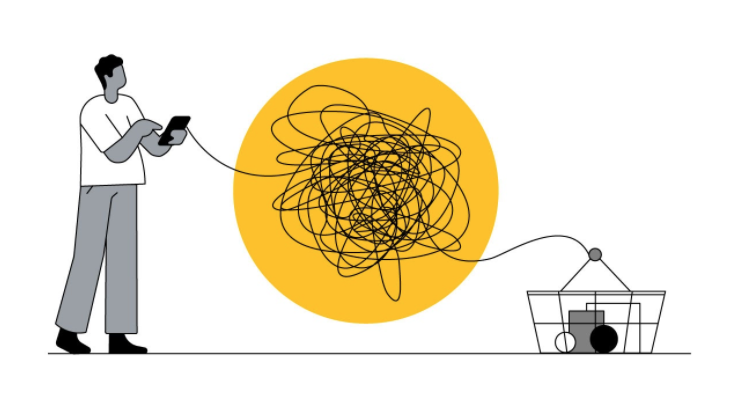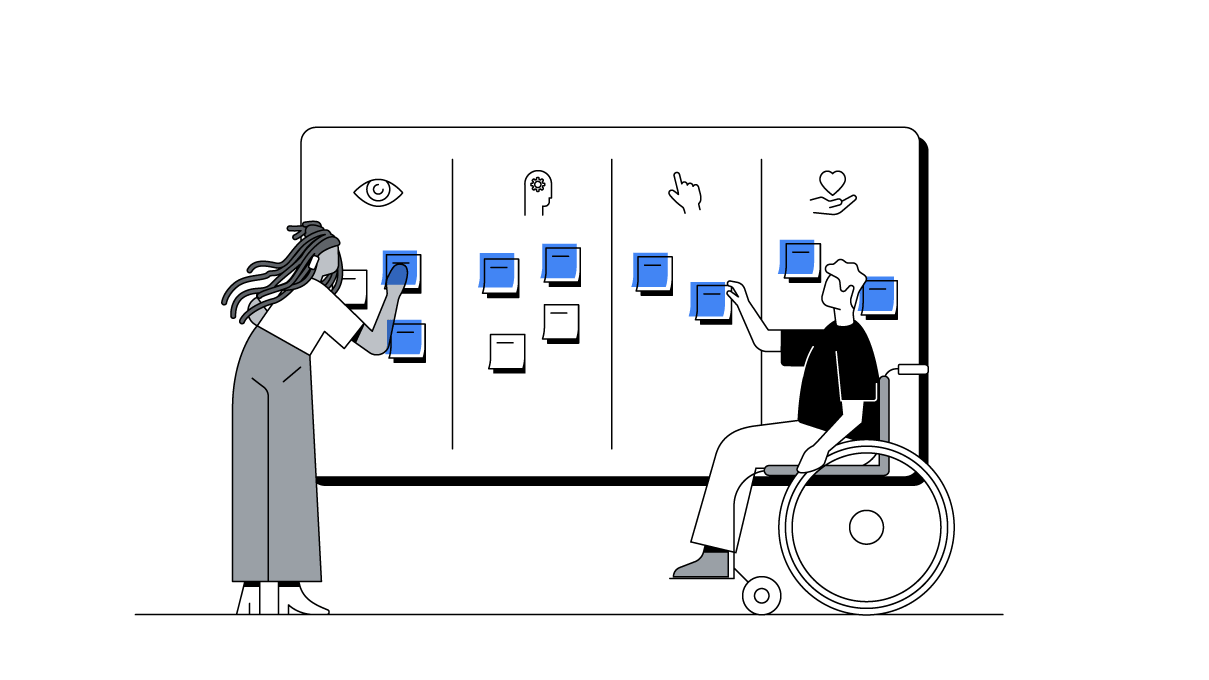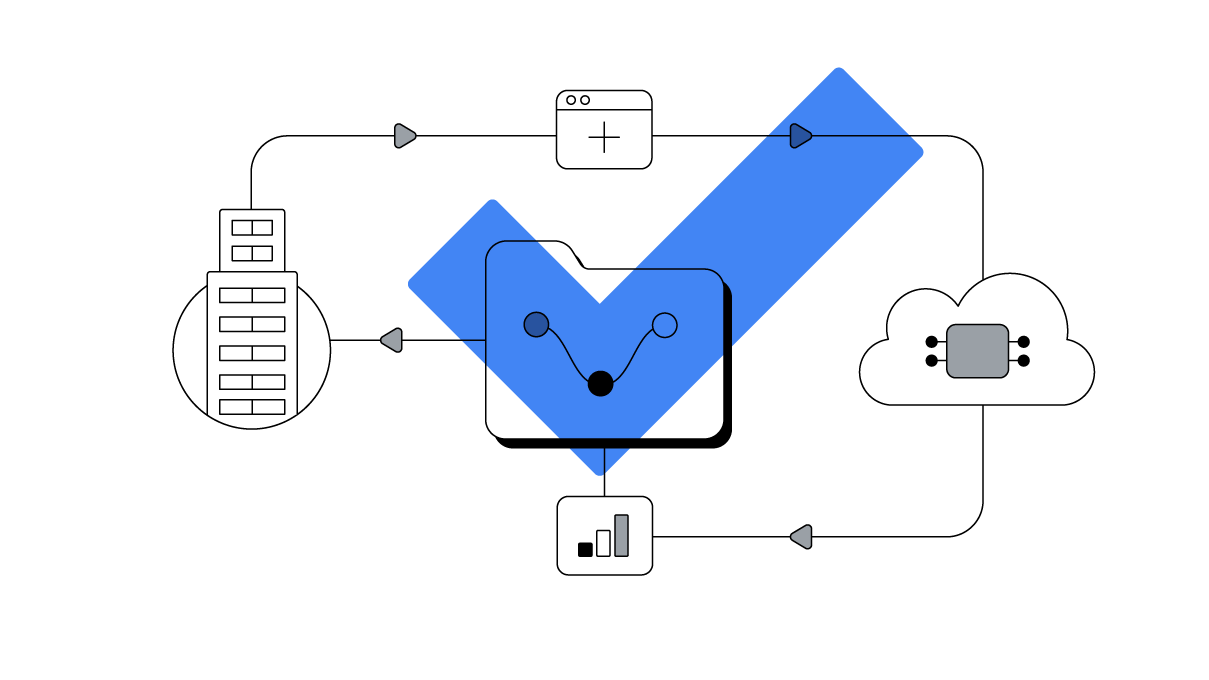
Consumer expectations are always changing, but recent months have had a particularly big impact on their needs and behaviour. As brands navigate the new challenges brought by this, many wonder how they can best meet — or exceed — the expectations of their customers. The answer? Anticipate their needs. That is, be proactive, instead of responding to their needs, which is reactive.
But what does that look like in real terms? Imagine you are shopping online at your favourite clothing store. Suddenly, the website shows a pop-up asking ‘Do you want us to select your dress / trouser size?’. You’re surprised and delighted, because this saves you time searching and filtering to find clothing in your size. It’s a real anticipation of your needs.
But what if the pop-up showed a different message, say ‘Do you want us to select the clothes that match your style, based on what you are wearing in photos stored on your mobile phone?’ Would you still be surprised and delighted?
Though automation already enables companies to be more helpful through personalised services, being mindful of how they apply these solutions is a key element of building and retaining customer trust.
Based on online research commissioned by Google among 4,000 consumers across the Netherlands, Sweden, Germany, and the U.K., Ipsos identified five rules of play for brands to anticipate customer needs — and ultimately serve them better.
1. The ‘first-date’ rule
What do you reveal about yourself on a first date? Some personal characteristics are more sensitive than others. Ipsos’ research identified which personal attributes should and should not be used by brands to personalise their service. These are:
- [OK to share] Generic information is safe ground. This includes personal attributes that cannot be connected to one particular person, such as gender or age group.
- [Not OK to share] Other personal attributes, such as insurance details, medical history, race, and political preference are an absolute no-go. Brands that use this information in their service and communication to the customer risk being too intrusive and are seen as crossing a line.


2. Build a strong relationship with your customer
When a second date follows the first, and a steady relationship evolves, people are more likely to share personal details with their partner. We found that the same goes for brands: the stronger the brand-customer relationship, the more customers welcome and accept brands to use their personal information for personalised service. Moreover, some personal attributes can only be used when a strong brand relationship is in place, like date of birth, spending budget, clothing size, and current location.
The strength of the relationship is determined by two components: how close do people feel to a brand (that is, the emotional connection), and to what extent do people trust a brand (the cognitive connection). It is the level of brand closeness in particular that impacts the usage of more personal information by brands. The closer people feel to a brand, the more brands can use personal information.
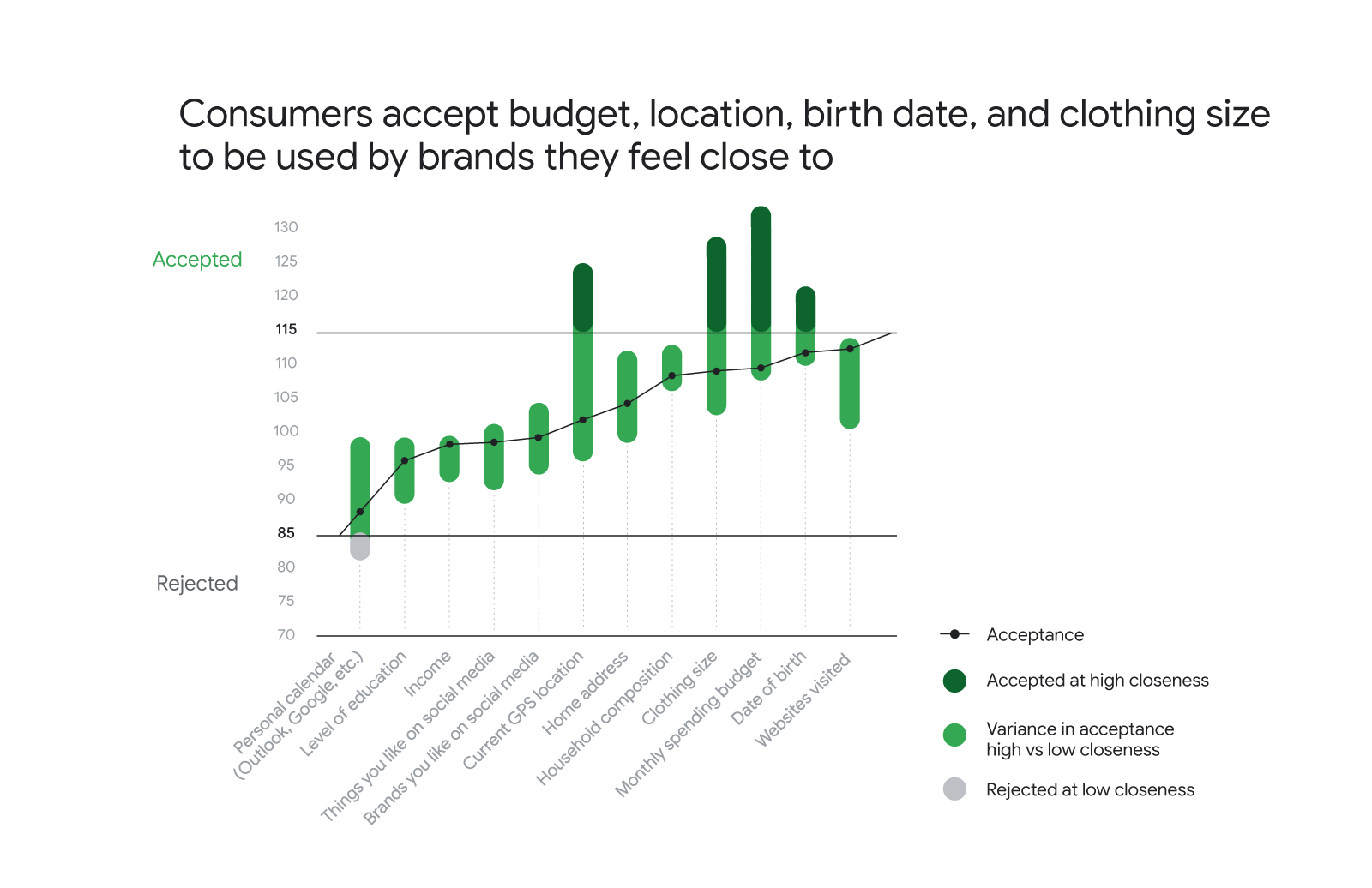
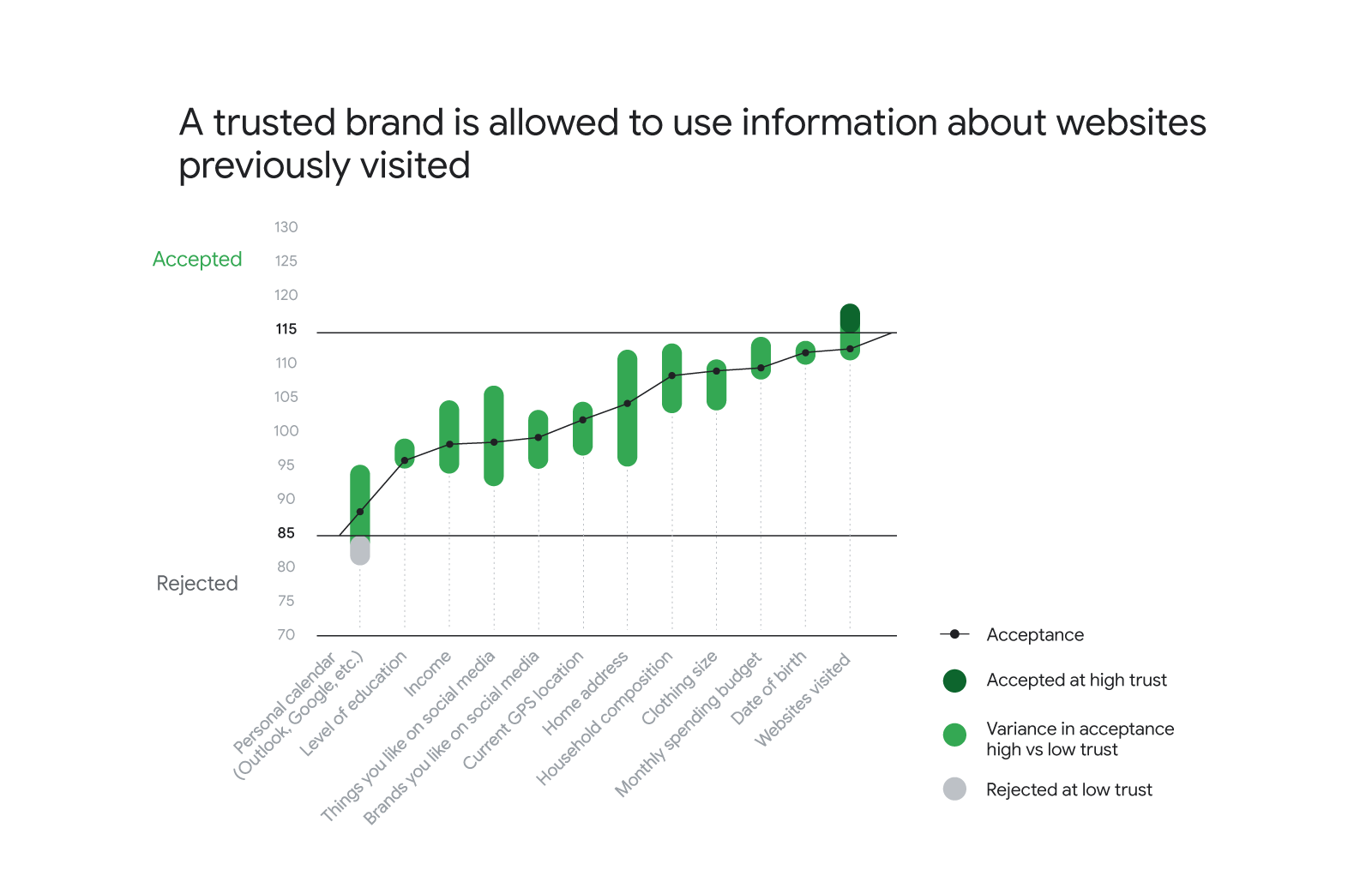
3. Help customers when they are pressed for time
Customers like personalised service more when they are in highly demanding situations and have limited time or energy to complete a task. This can be, for example, because they’re rushing for a train, working towards a deadline, or running late to meet a friend.
In these situations, customers benefit most from services that help them save time and energy. In situations where customers are calm, relaxed, and have sufficient time, a personalised service, enabled by machine learning, is less welcomed and helpful.
4. Help customers when they need it most
Customers like personalised services more when they are in public settings (on public transport, at work, in a store) compared to private settings (at home). Public environments appear to elicit a higher need for quick and accurate help, whereas in private, customers have a lower need for help and are likely to be more patient.
5. Consider the industry you’re in and the consumers you’re talking to
The research highlighted that customers particularly welcome help when it comes to banking and saving, but are less receptive to a personalised service when booking a trip or purchasing clothes. This is likely because they feel less confident in completing financial tasks.
Data shows that the customer profile most likely to accept a personalised service are women between 18-34 years with young kids. In contrast, a senior (50+) man is least likely to accept personalised service. This means that brands can be more bold in offering personalised service to the former, but have to be more mindful if their audience falls in the latter category.
Applying these five rules of play will help brands to better serve their customers by building trust and being able to surprise and delight them in anticipation of their needs.
Dive deeper into the subject
When are automated services accepted? And which personal information are brands allowed to use? Download the full research report to get started on building brand engagement through automated services.


